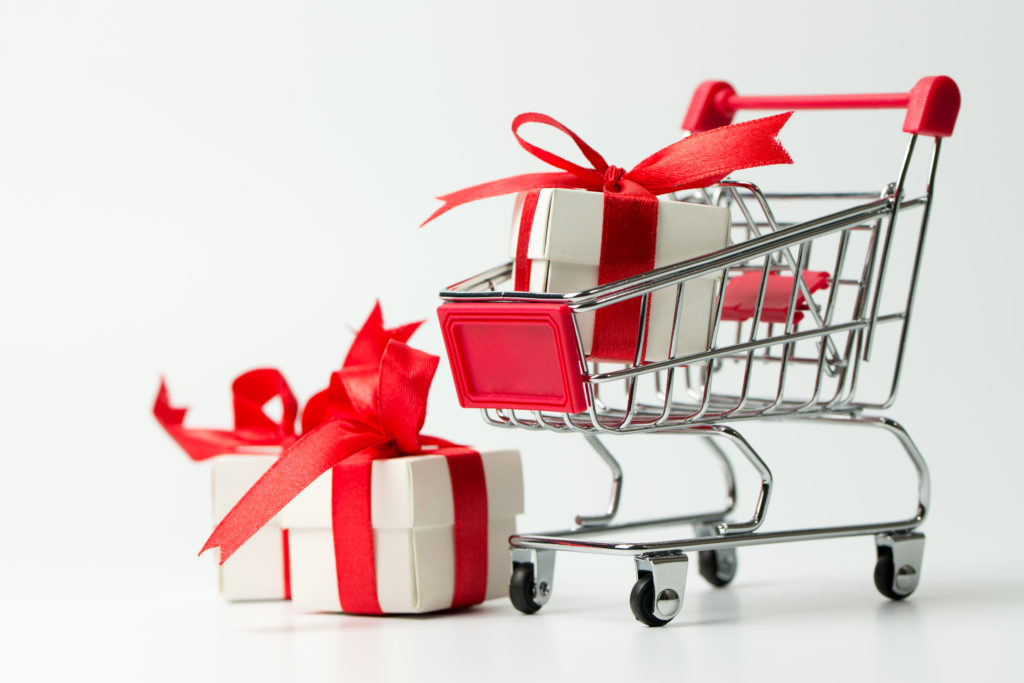
Before the heady days of smart phones and online advertising algorithms, reward programs meant a punch card that either found a home within your wallet or the cup holder in your car. When one was in receipt of said punch card, one remembers the promise and possibility of that fabled 10th and final punch. That “free” item whatever it may have been. Instead, that card remained in its home until its bearer simply gave up on that promise.
These days, reward programs are far more sophisticated than the punch cards of days past. Thanks to technology, loyalty and reward systems are more relevant and engaging than ever before. Moreover, thanks to smart phones, reward programs can inspire real-time action. Now, many of our loyalty cards live on our smart phones, and we’re inundated with offers and e-mails to entice us to earn more points.
In the consumer space, brand loyalty and recall are both valuable, but a loyalty program that does not result in additional sales it is not effective. The reality is that you cannot create customer loyalty and drive increased customer sales without first having an effective route to market. In-store promotions, prizes, discounts and so on can help to develop certain brand awareness, but without ongoing effort, this will fade. Loyalty programs are not a short-term endeavor but a long-term commitment.
Manufacturers should, therefore, look at rewarding behavioral change not simply to create a pull from consumers, but also a push from route to market. It is important to have your products in the right place at the right time in the right condition so that customers are able to purchase them when they want.
Mobile Is Essential To Loyalty Programs – Consumers are constantly using their phones and other smart devices, so customer loyalty programs that don’t have a mobile component are not likely to succeed. 57 percent of consumers want to engage with their loyalty programs via mobile devices (from Forbes). It’s no secret that Amazon has been leading the way in e-commerce, but the company’s Prime Day event (Amazon Prime Day is a one-day-only retail holiday that sought to overtake Black Friday as the sales event of the year. This year, Prime Day was a 48-hour sale event) is a great example of the importance of mobile capabilities to a company’s loyalty program.
Rewards Program Members Are Marketers – Similar to influencers, members in reward programs have proven to serve as some of the best marketers. Those loyalty programs that are most attractive to members can lead to an increase in sales because members spread the word about them and inspire others to join. According to research on brand loyalty from ‘Forbes’, 73 percent of loyalty program members are more likely to recommend brands with good loyalty programs.
Rewards should speak to distributors, retailers and individuals – The rewards themselves should also speak to two levels, specifically for the distributor or retailer business, and for individual people in those organizations. For example, a bar could be rewarded with promotional materials and stock, while managers and even service staff can be given tangible, personal rewards like airtime or even financial incentive. These individuals will then be more motivated to promote a product to customers making it a win-win outcome for all parties involved.
Each person in the value chain can be seen as an integral link, and they can all be rewarded to help drive sales and loyalty but only if sales can be verified and audited. This requires real-time visibility into the entire supply chain, which ensures that all data is always available and can be leveraged for the insight required.
Without data, manufacturers are effectively blind, with no baseline or point of comparison. With no insight, it is not possible to allocate rewards, drive behaviour or even see if there is a change. Data is at the heart of improving the supply chain and rewarding the relevant parties throughout, which in turn will help drive loyalty as well as maximizing sales.























